Specifications and features
In most respects, the Nikon D3400 has the same features as its predecessor. Apart from some slight exterior styling changes, the new model has the same or a related 24-Mpix APS-C CMOS sensor without OLPF; however, its EXPEED 4 processor has a new top ISO value of 25600, up a stop from 12800. Adjustments to the processor have also resulted in extended battery life and improved recording of Full HD (1080/60p) videos; however, the frame rate options and 5fps continuous shooting for stills remain unchanged.
It also uses the same Multi-CAM 1000 11-point AF system focus and 3.0-inch LCD at the rear; however, the D3400 adopts Nikon’s SnapBridge feature that allows 2-Mpix stills to be transferred wirelessly to a smart device using built-in Bluetooth Low Energy (BLE) technology. You can also use SnapBridge to tag the images with GPS coordinates from the smart device, without going to the additional expense of buying adapters.
The Nikon D3400 measures the same as its predecessor (4.9 x 3.9 x 3.0” / 124.0 x 98 x 75.5mm), but weighs slightly less at 13.93 oz. / 395g, body-only (without battery or card). It is available now with the new AF-P 18-55mm VR kit lens at around $649 (USD).
- 24.2-Mpix APS-C CMOS sensor
- EXPEED 4 image processor
- 3.0” 921k-dot LCD monitor
- Full HD 1080p video at 60/30/24 fps
- Multi-CAM 1000 11-point AF system
- ISO 25600 (with expansion)
- 5 fps shooting RAW with AE/AF
- SnapBridge connectivity
Measurements: Excellent dynamic range
Attaining a mildly surprising DxOMark score of 86 points, the Nikon D3400 sensor is one of the best-performing sensors in the current lineup, despite being an entry-level model. It modestly surpasses the current mid-range D5500 and practically equals the D7200 in the overall scores, albeit falling behind the latter model in terms of Landscape (dynamic range at base ISO value) and Low-Light scores.
Nikon D3400 vs. Nikon D5500 vs. Nikon D3300: Competitive performer
Although the Nikon D3400 has practically the same specifications as the earlier and cheaper (and still available) D3300, except for its interesting SnapBridge technology, the results are intriguing. Color sensitivity up to ISO1600 is better on the newer model. However, a close look at the results for SNR at 18% reveals a similar SNR at base, but overall it’s marginally lower, or noisier, than either the $800 D5500 or the D3300, which can be had now for around £500. The improved color depth and lower measured base ISO value contribute to its wider dynamic range over the D3300 at low ISOs.
Nikon D3400 vs. Canon EOS 750D vs. Sony A5100: Class-leading performance
To match the 24-Mpix resolution in a Canon, you’d have to spend around $899 for the EOS Rebel T6i (aka EOS 750D), which is still $100 more than the Nikon D5500, but if you don’t mind a mirrorless camera without a finder, you can get the Sony A5100 with a 16-50mm lens for around $600. Neither camera can match the sensor performance of the new D3400, however.
With an DxOMark score of 71 points and lower metrics scores for color depth, dynamic range (particularly with low ISOs), and low-light, the more expensive Canon has notably lower performance. Even the Sony A5100 can’t match the Nikon D3400, though competes well for the low-light score.
Conclusion
As an entry-level APS-C model, the Nikon D3400 is difficult to beat in terms of sensor performance. Nikon has tweaked the sensor to the same level as the pricier D5500. However, except for the SnapBridge connectivity option, the D3400 is very close to that of the older and cheaper D3300, in terms of features and controls. While the bump in image quality is welcome, it’s not as though the D3300 was underperforming in any way, at least when compared with its rivals. But packaged with a new AF-P type kit lens that promises improved AF in live view, the D3400 is a step in the right direction.


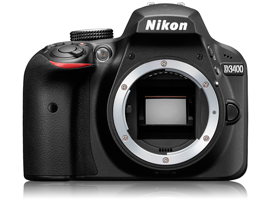



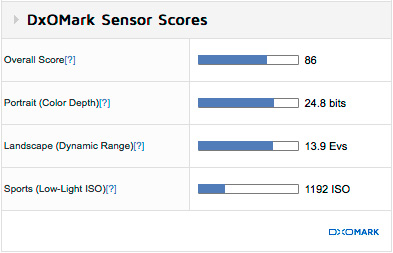

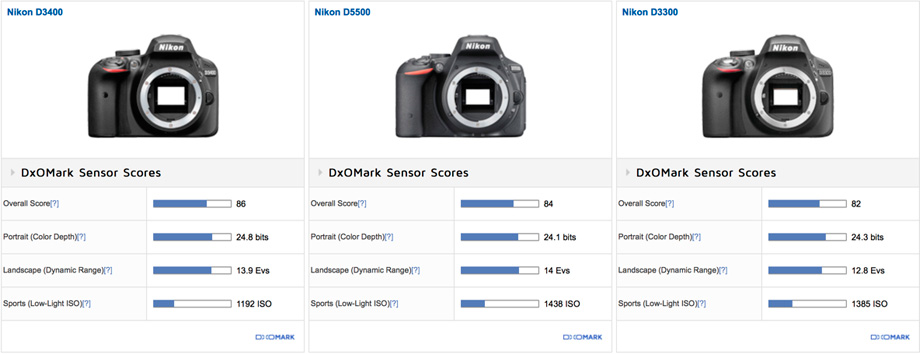
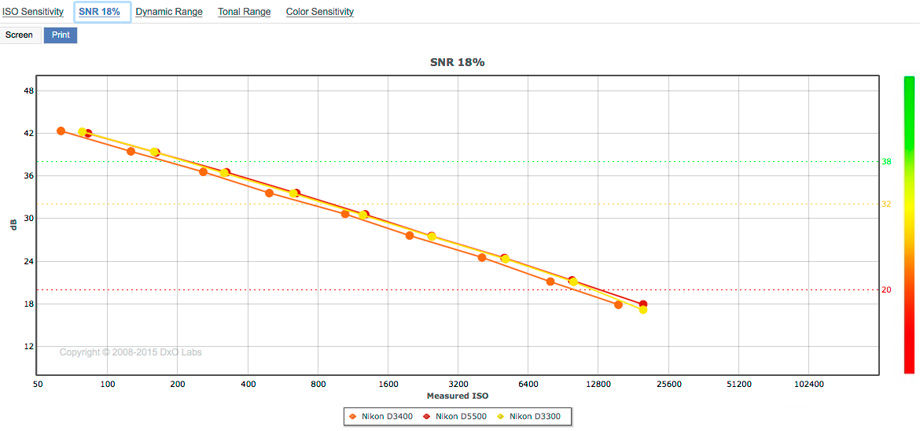
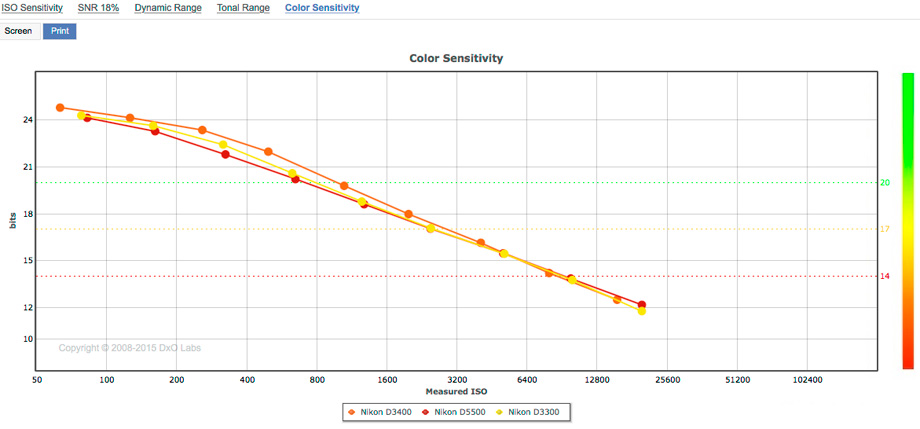
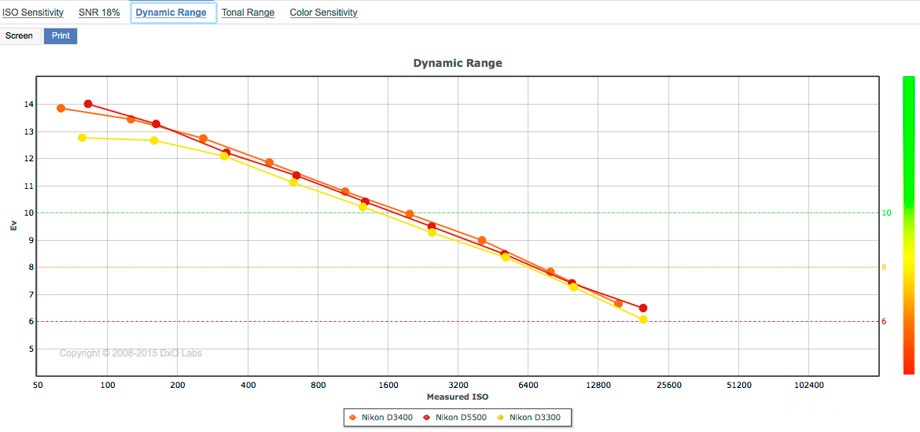
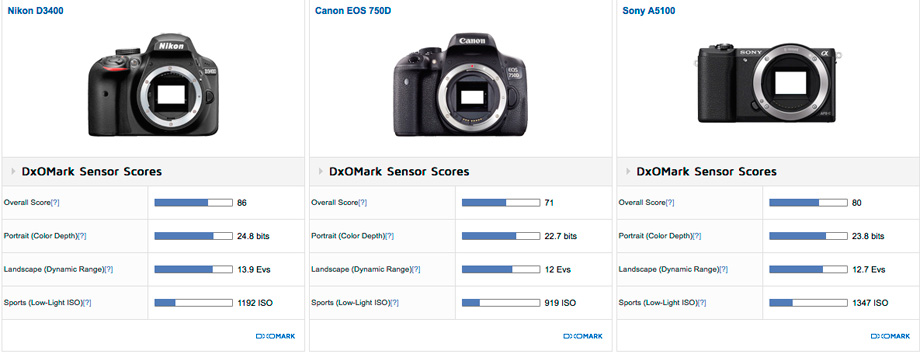
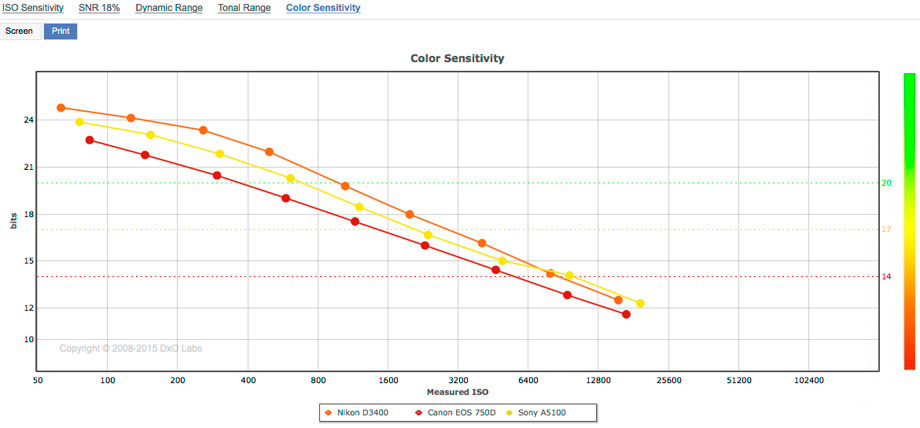
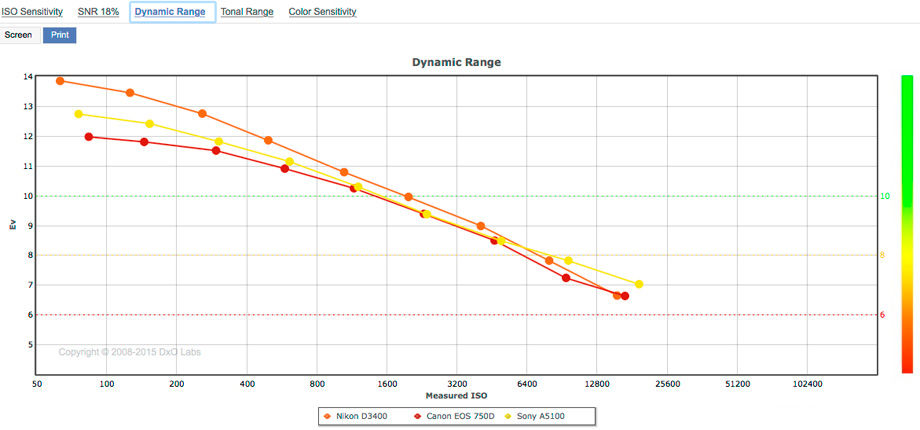
DXOMARK encourages its readers to share comments on the articles. To read or post comments, Disqus cookies are required. Change your Cookies Preferences and read more about our Comment Policy.